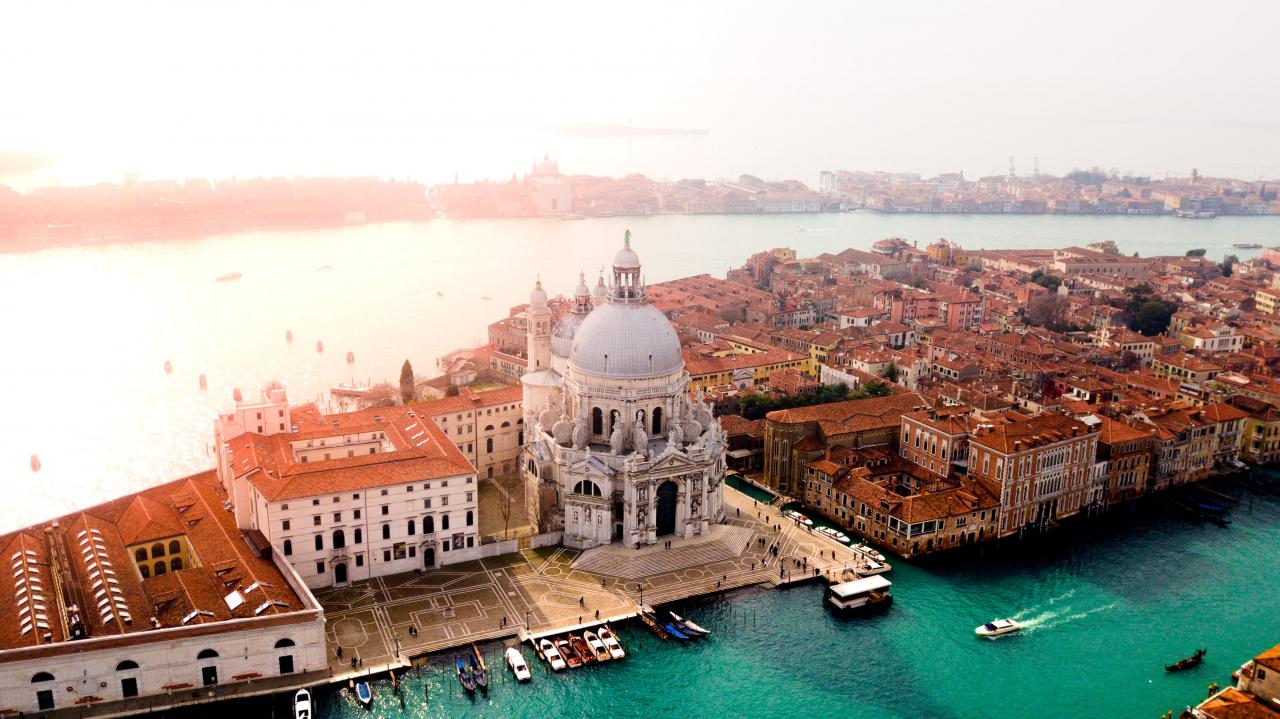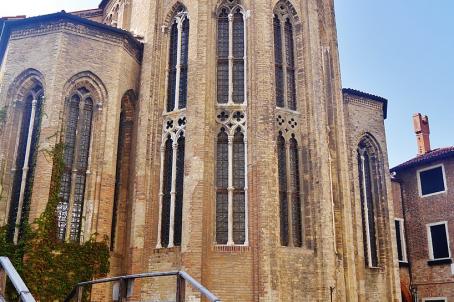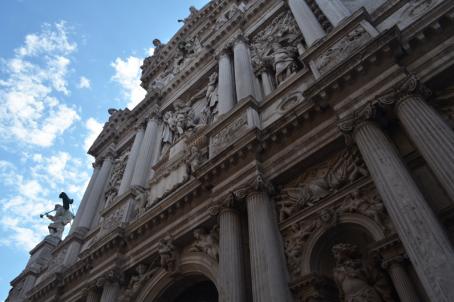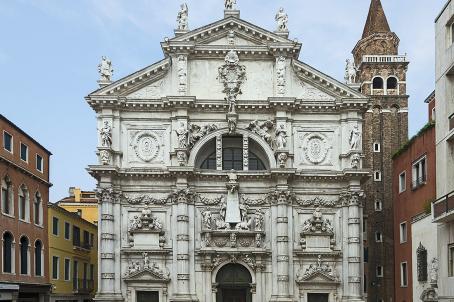Santa Maria della Salute
Santa Maria della Salute is one of the best expressions of Venetian Baroque architecture. Its construction between 1631 and 1687 is an ex voto to the Virgin by the Venetians for the liberation from the plague that decimated the population between 1630 and 1631. The construction was entrusted to Baldassare Longhena, who designed the church "in the shape of a crown to be dedicated to the Virgin".Every year, on 21 November, the day of the Presentation of the Virgin Mary, the Venetians cross a bridge, made for centuries of boats, now floating on poles, which goes from St. Mark's to the basilica and go there to pray.






